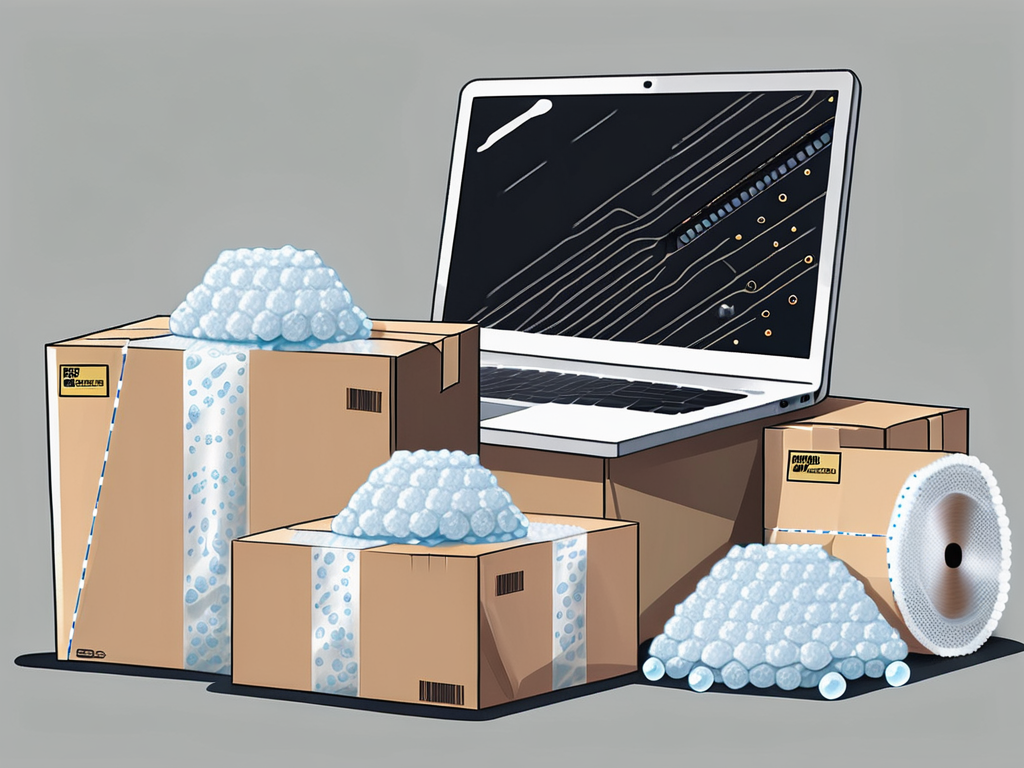Understanding the Importance of Proper Packing
Packing electronics for a long-distance move is a crucial step that should never be overlooked. Not only can improper packing lead to physical damage, but it can also result in data loss or compromise the functionality of devices. Understanding the complexities of each electronic device helps ensure they arrive at their destination in perfect condition.
The importance of proper packing goes beyond mere aesthetics. It is essential for preserving the integrity of your gadgets, which can be significant investments. Damage from mishandling can be extensive, leading to costly repairs or replacements. In today’s digital age, many people rely heavily on their devices for both personal and professional use, making it all the more critical to protect them during a move. From laptops that hold important work documents to gaming consoles that provide entertainment, ensuring their safety is paramount.
Risks of Improper Packing
Improper packing poses several risks. One major concern is that sensitive components within electronics can be easily damaged. For instance, screens can crack, internal circuits can malfunction, and delicate connectors may break if not adequately cushioned. The risk of physical damage is compounded by the fact that many electronics are designed with lightweight materials that, while beneficial for portability, can also make them more susceptible to impact.
Additionally, inadequate protection can lead to data loss. Hard drives, flash drives, and even phones can sustain irreparable damage if they take a hard hit during transit. Water damage is another risk, particularly if devices are not sealed properly within their packaging. Furthermore, the potential for static electricity to build up during transport can also pose a threat to sensitive electronics, leading to further complications that could render devices inoperable. Understanding these risks highlights the necessity of using appropriate packing materials and techniques to safeguard your devices.
Benefits of Proper Packing
Conversely, taking the time to pack your electronics properly comes with numerous benefits. When packed correctly, electronic devices have a higher chance of surviving the rigors of transport. Proper packaging provides impact resistance and insulation against temperature fluctuations that might occur during a long move. Utilizing materials such as bubble wrap, foam inserts, and sturdy boxes can create a protective barrier that absorbs shocks and prevents movement within the packaging, significantly reducing the risk of damage.
Moreover, well-packed electronics give you peace of mind. Knowing that your valuable equipment is secure allows you to concentrate on other aspects of your move. Additionally, properly packed items are easier to organize and unpack when you arrive at your new home, leading to a smoother transition. Labeling boxes clearly can also save time and effort, allowing you to quickly locate essential devices as soon as you arrive. This level of organization not only facilitates a more efficient unpacking process but also helps you settle into your new space without unnecessary stress or delays. By investing the effort into proper packing, you are ultimately investing in a seamless moving experience.
Pre-Packing Preparations
Before diving into packing, it is essential to conduct thorough pre-packing preparations. This phase is crucial for creating a systematic packing process that minimizes the risk of damage.
First and foremost, take inventory of all electronics you’ll be moving. Make a list that includes their condition and any essential accessories you need to pack along. This step helps ensure that no item is left behind and allows you to keep track of everything more efficiently.
Gathering Necessary Packing Materials
Gathering the right packing materials is integral to successful packing. You’ll need sturdy, clean boxes that are appropriate for the size of your electronics. Ideally, you should use the original packaging, as it is specifically designed to protect the device. However, if that’s not available, ensure that the boxes you choose are of high quality.
- Bubble wrap or packing paper for cushioning
- Antistatic packing materials to protect electronics from static electricity
- Strong tape for securing the boxes
- Markers for labeling
Using these materials appropriately can greatly reduce the chances of damage during transit.
Preparing Your Electronics for Packing
Before packing, it’s imperative to prepare your electronics adequately. This involves a series of careful steps that ensure your devices are set up for safe transport. Start by unplugging all devices and removing any batteries when applicable.
Next, clean each device gently to remove dust and debris that may have accumulated. Cleaning minimizes scratches caused by dirt particles during transit. If possible, take pictures of cabling and connections, so you’ll know how to reassemble everything later.
Step-by-Step Guide to Packing Electronics
Now that you have everything prepared, here’s a step-by-step guide to packing your electronics securely. Follow these instructions to ensure they remain safe through the journey.
How to Pack Small Electronics
Small electronics like tablets, cameras, and phones require careful attention. Start by wrapping each device in bubble wrap or packing paper to provide a cushioning layer. Ensure the device is completely encased to protect it from any potential impacts.
Place wrapped devices in boxes with additional packing material to fill the spaces. This keeps them from moving around during the move. Label each box clearly to know exactly what’s inside when unpacking.
Packing Large Electronics
Packing larger electronics, such as televisions and desktop computers, requires a bit more effort. Ideally, use the original boxes and foam inserts that came with the devices. If original packaging isn’t available, ensure that you have strong, sturdy boxes that can support the weight of these items.
Again, wrap each item in bubble wrap and secure it with tape. Disassemble any removable parts, such as stands, and pack them separately. Use heavy-duty tape to close all seams and reinforce the bottom of boxes to prevent them from breaking open during transport.
Special Considerations for Fragile Electronics
Fragile electronics require extra care. These devices, such as delicate cameras or vintage audio equipment, can be especially vulnerable to damage during a move. Understanding how to pack them properly can save you a lot of heartache later.

Packing Fragile Electronic Devices
When packing fragile devices, always use ample cushioning material. Consider using several layers of bubble wrap, ensuring that every corner is protected. Packing peanuts can also be an effective way to fill any gaps within the box.
Clearly mark these boxes as “fragile” to alert anyone handling them that extra care is necessary. This important step minimizes the risk of mishandling during the moving process.
Handling and Transporting Fragile Electronics
When it comes to transporting fragile electronics, gentle handling is paramount. It’s advisable to keep these items within your line of sight during transit, whether they are placed in a car or a moving truck.
Never stack heavy items on top of boxes containing fragile electronics. If you’re using a moving company, be sure to inform them about any particularly fragile items before loading.
Unpacking and Setting Up Electronics Post-Move
After the move, it’s time to unpack and set up your electronics safely. This process can be just as important as packing, ensuring that everything works correctly upon arrival.
Safely Unpacking Your Electronics
Begin by carefully opening the boxes containing your electronics. Remove items gently and place them on a soft surface to prevent scratches or damage.
As you unpack, refer to the inventory list you created to ensure that everything is accounted for. Install any protective covers that were used during packing and keep them in a safe place for future moves.
Setting Up Electronics in Your New Home
Once unpacked, you can begin setting up your electronics in your new home. Always consult the manufacturer’s instructions for installation. Start with the largest items and work down to the smaller equipment.
Once everything is plugged in and functioning, double-check that all connections are secure. This is a great time to also update your device settings to ensure optimal performance in your new environment.
















